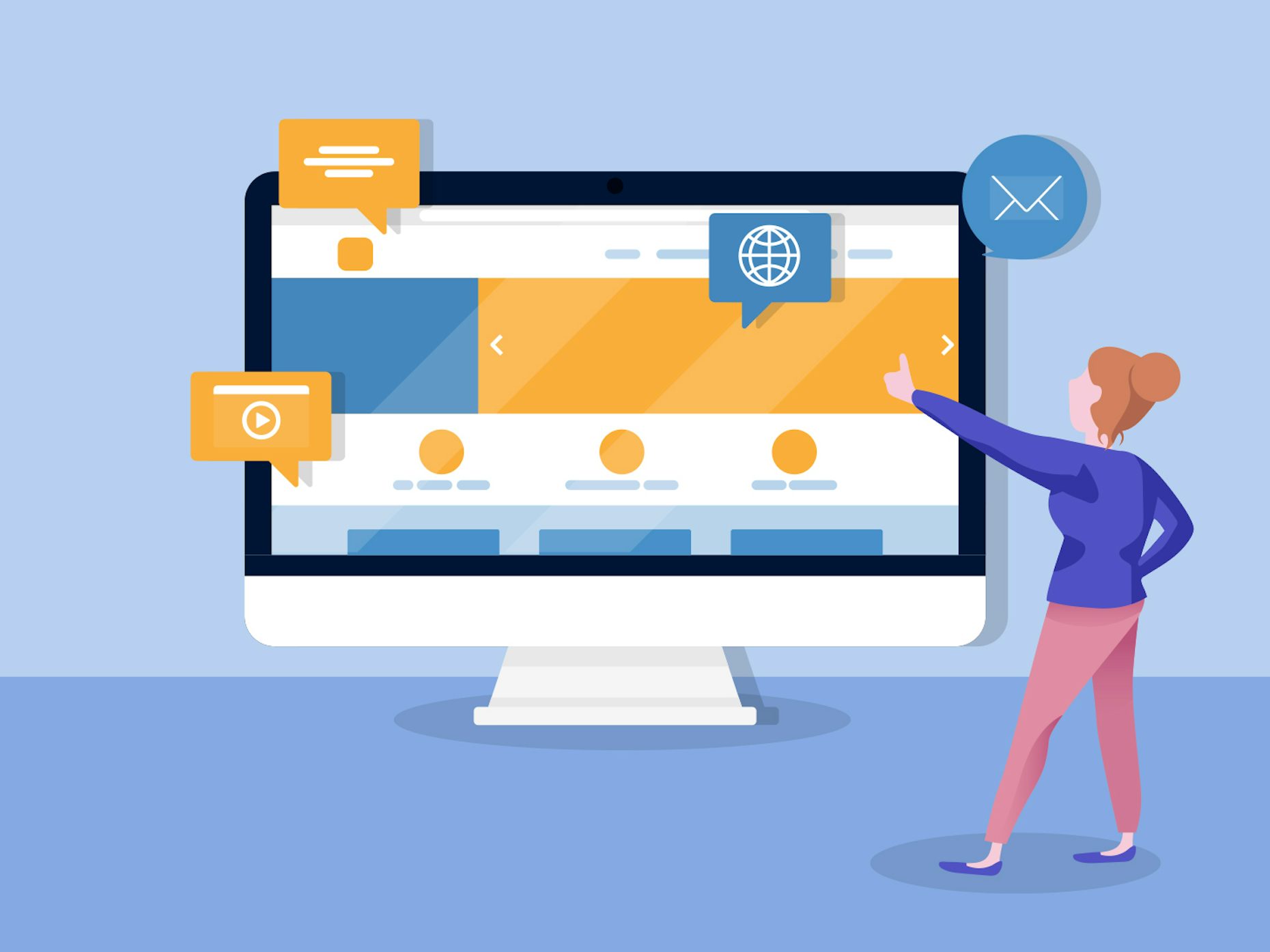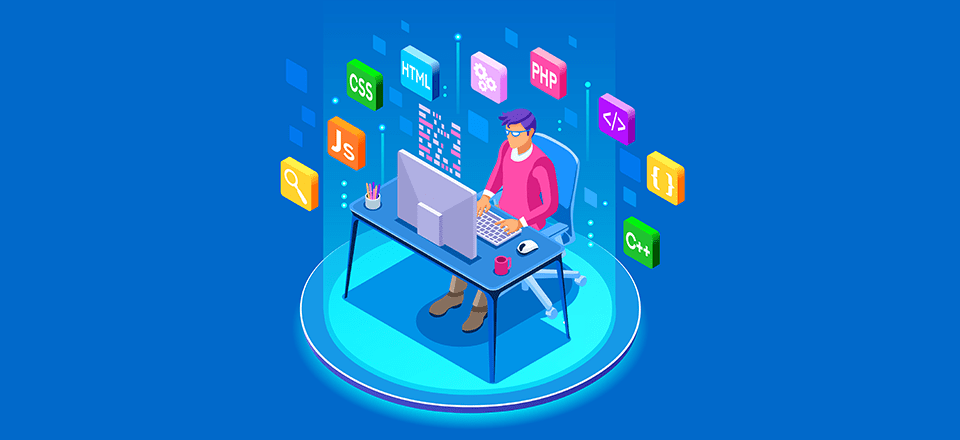All Categories
Featured
Table of Contents
- – Web Design Certificate - Web Development Certi...
- – Web Design Blog - Webdesigner Depot Webdesign...
- – Web Design - Uci Division Of Continuing Educa...
- – Minneapolis Web Design - 100+ Five Star Revie...
- – Collaborate & Create Amazing Graphic Design F...
- – Responsive Web Design Certification - Freecod...
- – Penner Home - Durham Web Design - Penner Web...
- – Web Developers And Digital Designers - Burea...
- – Modern Website Designs - Best Web Page Desig...
- – Wicky Design: Philadelphia Web Design Tips ...
- – Web Design Software By Xara Tips and Tricks:
- – St Louis Seo Company - St Louis Web Design ...
- – The Leader In Website Design – Squarespace ...
Web Design Certificate - Web Development Certificate Program Tips and Tricks:
Desktop apps need designers to create their design and send it to a development team who can then transform the design to code. Usually, this is the requirement for large and/or complex sites since it permits the designer to focus on the general appearance and feel, while all the technical difficulties are transferred to the advancement team
Web Design Blog - Webdesigner Depot Webdesigner Depot Tips and Tricks:
Incredible styles can interact a lot of info in just a couple of seconds. This is made possible with the use of powerful images and icons. A quick Google search for stock images and icons will produce thousands of choices.
Web Design - Uci Division Of Continuing Education Tips and Tricks:
Your website visitors have multiple ways of interacting with your website depending on their gadget (scrolling, clicking, typing, and so on). The best website styles simplify these interactions to provide the user the sense that they are in control. Here are a few examples: Never ever auto-play audio or videos, Never ever underline text unless its clickable Ensure all types are mobile-friendlyAvoid appear Prevent scroll-jacking There are loads of web animation techniques that can assist your style grab visitor's attention, and allow your visitors to communicate with your website by giving feedback.
Minneapolis Web Design - 100+ Five Star Reviews - Seo ... Tips and Tricks:
Your users ought to have the ability to quickly navigate through your site without encountering any structural issues. If users are getting lost while trying to navigate through your site, opportunities are "spiders" are too. A crawler (or bot) is an automated program that explores your site and can determine its functionality.
Collaborate & Create Amazing Graphic Design For Free Tips and Tricks:
Responsive, Understanding the advantages and disadvantages of adaptive and responsive sites will help you figure out which website builder will work best for your website style requirements. You might encounter articles online that talk about an entire lot of various site style styles (fixed, fixed, fluid, etc). However, in today's mobile-centric world, there are only 2 website designs to utilize to correctly design a site: adaptive and responsive.
Responsive Web Design Certification - Freecodecamp.org Tips and Tricks:

a header) is 25% of its container, that element will stay at 25% no matter the modification in screen size. Responsive sites can likewise use breakpoints to develop a custom-made appearance at every screen size, however unlike adaptive sites that adjust only when they hit a breakpoint, responsive websites are constantly changing according to the screen size.(image credit: UX Alpaca)Fantastic experience at every screen size, no matter the device type, Responsive site builders are normally rigid that makes the style tough to "break"Lots of available templates to begin from, Requires extensive design and screening to make sure quality (when beginning from scratch)Without accessing the code, custom designs can be challenging, It's essential to keep in mind that website builders can consist of both adaptive and responsive functions.
Penner Home - Durham Web Design - Penner Web Design ... Tips and Tricks:
Wix has actually been around since 2006 and has because established a vast array of features and design templates to match almost every service requirement. Today, it's considered among the simplest tools for beginners. It's hard to pick a winner in this classification, here are couple of things to keep in mind: If you're looking for the most adjustable experience, select Page, Cloud.
Web Developers And Digital Designers - Bureau Of Labor ... Tips and Tricks:
, come into play. Here are some of the pros and cons to consider when looking to embrace one of these tools: Capability to create custom-made responsive sites without having to write code Unequaled control over every component on the page Capability to export code to host elsewhere Intricate tools with steep knowing curves Slower design procedure than adaptive website home builders, E-commerce websites are an important part of site design.
Modern Website Designs - Best Web Page Designers Tips and Tricks:

The fundamental five aspects of web design, Best resources to find out web design at house, What is web style? You require to keep your design simple, tidy and accessible, and at the exact same time, use grid-based styles to keep design items organized and organized, thus producing a great overall design. Web design online courses.
Wicky Design: Philadelphia Web Design Tips and Tricks:
, The web design track style Tree, House offers Home hours of video and interactive lessons on HTML, CSS, layouts, designs other web design basicsStyle
Web Design Software By Xara Tips and Tricks:
Effective web design brings a few various elements together to promote conversions. These include: Compelling usage of unfavorable area Plainly presented choices for the user(the less choices the user has, the less likely they are to become overwhelmed and baffled)Obvious, clear calls to action Restricted diversions and a well considered user journey (ie.
St Louis Seo Company - St Louis Web Design And Internet ... Tips and Tricks:
Here are some examples: Clear calls to action are fantastic web style; dirty ones are bad web style. High contrast font styles are smart, effective web style; low contrast font styles that are tough to check out are poor web style. Non-responsive style.
The Leader In Website Design – Squarespace Tips and Tricks:
On a platform like 99designs you can host a design contestby providing an offering and quick designers submit designs based on your specifications. Your web design could cost a couple of hundred to tens of thousands of dollars, depending on its complexity. The more details they have, the more equipped they are to provide the perfect web style for you.
Learn more about Lovell Media Group LLC or TrainACETable of Contents
- – Web Design Certificate - Web Development Certi...
- – Web Design Blog - Webdesigner Depot Webdesign...
- – Web Design - Uci Division Of Continuing Educa...
- – Minneapolis Web Design - 100+ Five Star Revie...
- – Collaborate & Create Amazing Graphic Design F...
- – Responsive Web Design Certification - Freecod...
- – Penner Home - Durham Web Design - Penner Web...
- – Web Developers And Digital Designers - Burea...
- – Modern Website Designs - Best Web Page Desig...
- – Wicky Design: Philadelphia Web Design Tips ...
- – Web Design Software By Xara Tips and Tricks:
- – St Louis Seo Company - St Louis Web Design ...
- – The Leader In Website Design – Squarespace ...
Latest Posts
Web Design Services - Verizon Small Business Essentials Tips and Tricks:
Top Web Design Companies - Find Web Designers Here Tips and Tricks:
Top Web Design Courses Online - Updated [April 2022] - Udemy Tips and Tricks:
More
Latest Posts
Web Design Services - Verizon Small Business Essentials Tips and Tricks:
Top Web Design Companies - Find Web Designers Here Tips and Tricks:
Top Web Design Courses Online - Updated [April 2022] - Udemy Tips and Tricks: